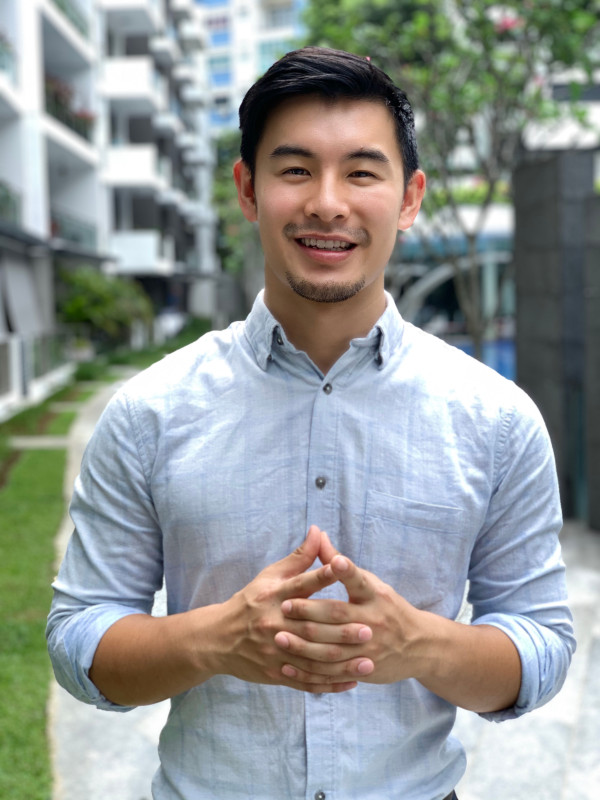By Mandy Te
Every time Thomas Ding visits old Chinese settlements in New Zealand, he’s struck by an overwhelming sense of awe as he takes the same footsteps as those who came before him.
As part of Pāruru, a trip set up by the New Zealand Chinese Association (NZCA) to help strengthen Chinese New Zealanders’ identity and connection to Aotearoa, Thomas will get to meet with local iwi members from Te Rarawa and Te Roroa.
He hasn’t met them before but there’s a unique connection and a bond that transcends time and cultures, he says.
In 1902, the ship SS Ventnor bound for China sank off Hokianga harbour with the kōiwi (human bones) of 499 Chinese gold miners aboard.
In Chinese culture, families look after the graves of their loved ones in the hopes that the afterlife is good to them. This can only occur if people are buried where their families are. But as the boat sank, so too did the hope of these men returning to their home villages to be buried.
Some of the kōiwi found themselves washed ashore and local iwi buried them in whenua tapu at Waipoua Forest.
Thomas is the great great great grandchild of Choie Sew Hoy, who came to New Zealand from China as a gold miner - he went on to become a leader of Otago’s Chinese miners and a businessman who imported goods from China. The kōiwi of Choie Sew Hoy were on the SS Ventnor.
As part of the journey which leaves from Tāmaki Makaurau, Thomas will travel to Manea in Ōpononi, on the shore of Hokianga harbour in Northland, to return a pou whenua called Pāruru to local iwi. The pou whenua symbolises Aotearoa as a ‘place of shelter’ for Chinese.
The group will also represent the NZCA at the dawn service at Waitangi.
Before he went on his trip, Thomas spoke to Re: News about what the journey means for him. Here’s what he had to say:
I was just in Queenstown and every time I go down there I always visit the Chinese Settlers’ village in Arrowtown.
It’s an incredibly powerful and sort of spiritual feeling to have walked those same footsteps.
Obviously, they were dealing with much harsher times. There were rough terrains, they didn’t have support around them financially and they didn’t necessarily have the community around. They were treated like aliens. They were in search of a better future.
It’s really humbling to see what they did, essentially for us, as tūpuna. I think you have this sense of gratitude to people gone past.

Thomas Ding is the great great great grandchild of Choie Sew Hoy, who came to New Zealand from China as a gold miner. Photo: Supplied by Thomas Ding
Thomas Ding is the great great great grandchild of Choie Sew Hoy, who came to New Zealand from China as a gold miner. Photo: Supplied by Thomas Ding
A connection that transcends time and cultures
We’re going to be presenting the pou whenua back to the local iwi - Te Roroa and Te Rarawa - and similarly for them, they are receiving back this symbol on behalf of their ancestors who were so gracious enough to accept and shelter our family.
The cross cultural element is going to be amazing. Having this connection that transcends time and cultures as well is unique. I’m not sure exactly what’s going to hit me - but it’s coming.
I think it’s fantastic we’ll be able to represent a part of society who makes up a large portion of Aotearoa on Waitangi Day.
It lines up really nicely with Lunar New Year. It’s a nice tying of cultures.
I’ve been to a number of Waitangi ceremonies but not necessarily brought my own ethnic culture. l looked at it as a Kiwi but not necessarily as a Chinese Kiwi citizen.
I’m exploring where we sit as Asian New Zealanders and what it means to be tangata Tiriti. We have an important seat in this discussion as well.
A place for us to bond, work from and grow
Something that was so important to our ancestors was the return of their bones to a safe place. They were taken graciously by the mana whenua and they were buried with the kōiwi of the Māori tūpuna.
It’s so special and creates a huge sense of warmth and acceptance and welcome and adds shelter when it was very much a time where people would not necessarily have had to do that especially in the late 1800s.
It’s a great place for us to bond and grow because we have this shared history. We have these fantastic memories to be able to go back to and guide us further as well - this is a way of looking to the past to guide our future.
Manaakitanga and selflessness
I think it’s going to be fun, especially because there’s a diverse group of under 35 year olds going, we’re going to be staying at a marae. We’re going to be sharing kai and telling jokes.
I really love that it’s about the breaking of a dim sum with each other.
To be able to share in someone else’s culture as well as learn more about Te Ao Māori will be a learning experience too.
It’ll also be an opportunity to pay homage and to really thank the iwi for the manaakitanga and their selflessness for protecting our people and my great great great grandparent.
As told to Re: News journalist Mandy Te. This interview has been edited for length.
More stories:
Why Māori celebrate the ikura/period
“Ikura is a symbol of whakapapa.”
Petition launches to get students paid for their work on placement
The change would affect students studying health, education and social work.
Leaked ministry document warns Bill could break spirit and text of Treaty
“This is not supported by either the spirit of the Treaty or the text of the Treaty.”